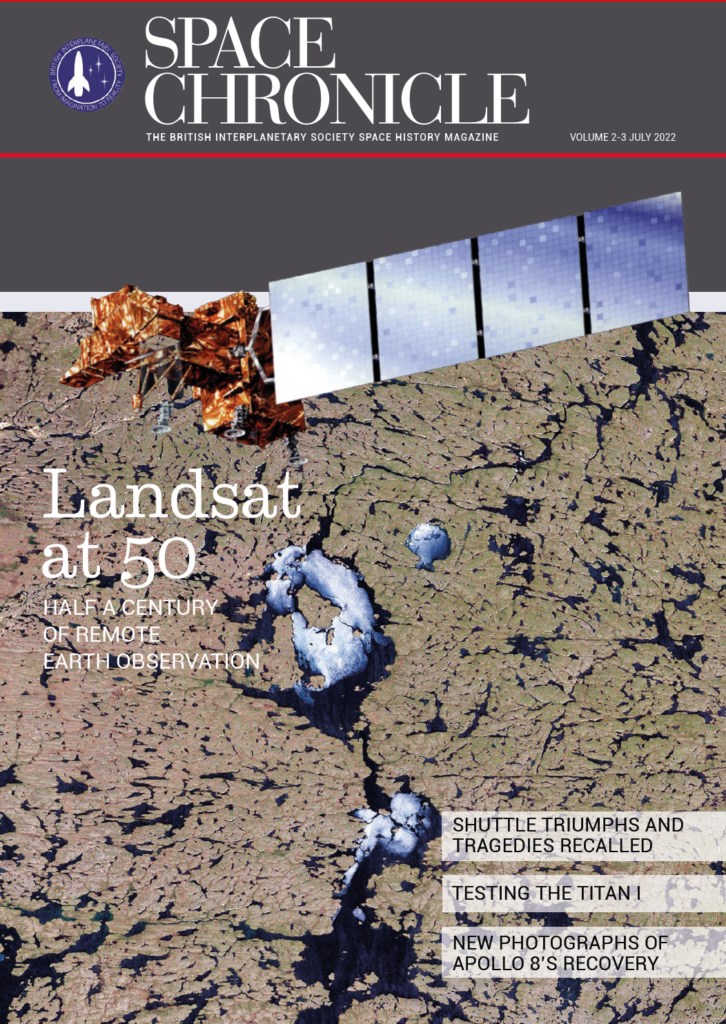This article was first published in the May 2022 edition of the British Interplanetary Society publication – Space Chronicles.
Three weeks after its extraordinarily ambitious mission, the crew of Apollo 11 splashed down in the North Pacific, and the Indian Space research Organisation (ISRO) came into being on 15 August 1969. At that time, it was still operating under the Department of Atomic Energy, where its predecessor, the Indian National Committee for Space Research (INCOSPAR), was founded in 1962. In the same year that the Apollo programme in the USA ended, India established the Department of Space in 1972 and brought ISRO under its management. This is the ISRO that has designed, built, launched and operates the 50-plus spacecraft of the 3500 operating in space today.
Today, its space assets provide services to its security forces, but it did not start that way. India’s space programme is probably the only national space programme that began with plans only for economic and societal development. Space programmes in the USA, USSR, China and elsewhere arose to serve a national security imperative. ISRO has met many of its original objectives for more than half a century. India’s assets in space provide services for communication, television, navigation and Earth observation. For scientific research, India has Astrosat, a space telescope in Earth orbit, Chandrayaan-2 in lunar orbit and since 2014, a spacecraft in Martian orbit. Some of India’s spacecraft provide services for the international community, including remote sensing, search & rescue and navigation for civil aviation.
One objective explicitly ruled out by its first charismatic chairman, Vikram Sarabhai, in 1969 was a human spaceflight. In 2018, India’s Prime Minister announced a new goal. Called Gaganyaan, its task is to place an Indian crew in low Earth orbit using an Indian launch vehicle launched from Indian soil by 2022. A variety of issues, especially the global pandemic, have ensured that the timeline will not be met, but the programme remains active. In January 2022, S. Somanath was appointed as Chairman. As Russia’s space activities diminish, opportunities will arise for others, and India is well placed to exploit them.
ISRO will ramp up activities that will include the launch of OneWeb’s satellites, the inaugural flight of its Small Satellite Launch Vehicle, the second test flight of its reusable space plane, the third mission to the moon complete with a lander and a rover and a launch abort test for its Gaganyaan programme. I expect ISRO to make a significant announcement on 15th August 2022.

Leave a Reply